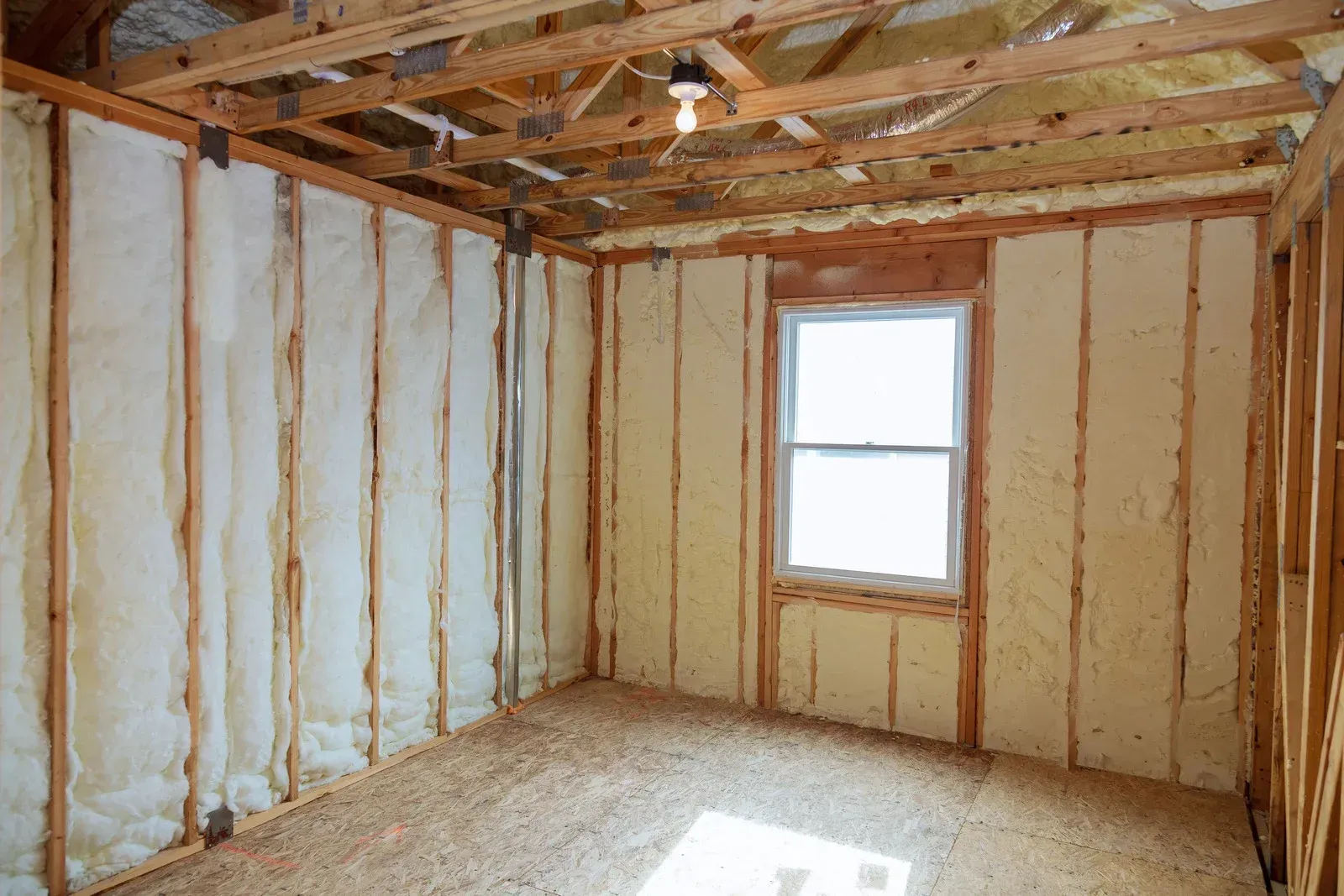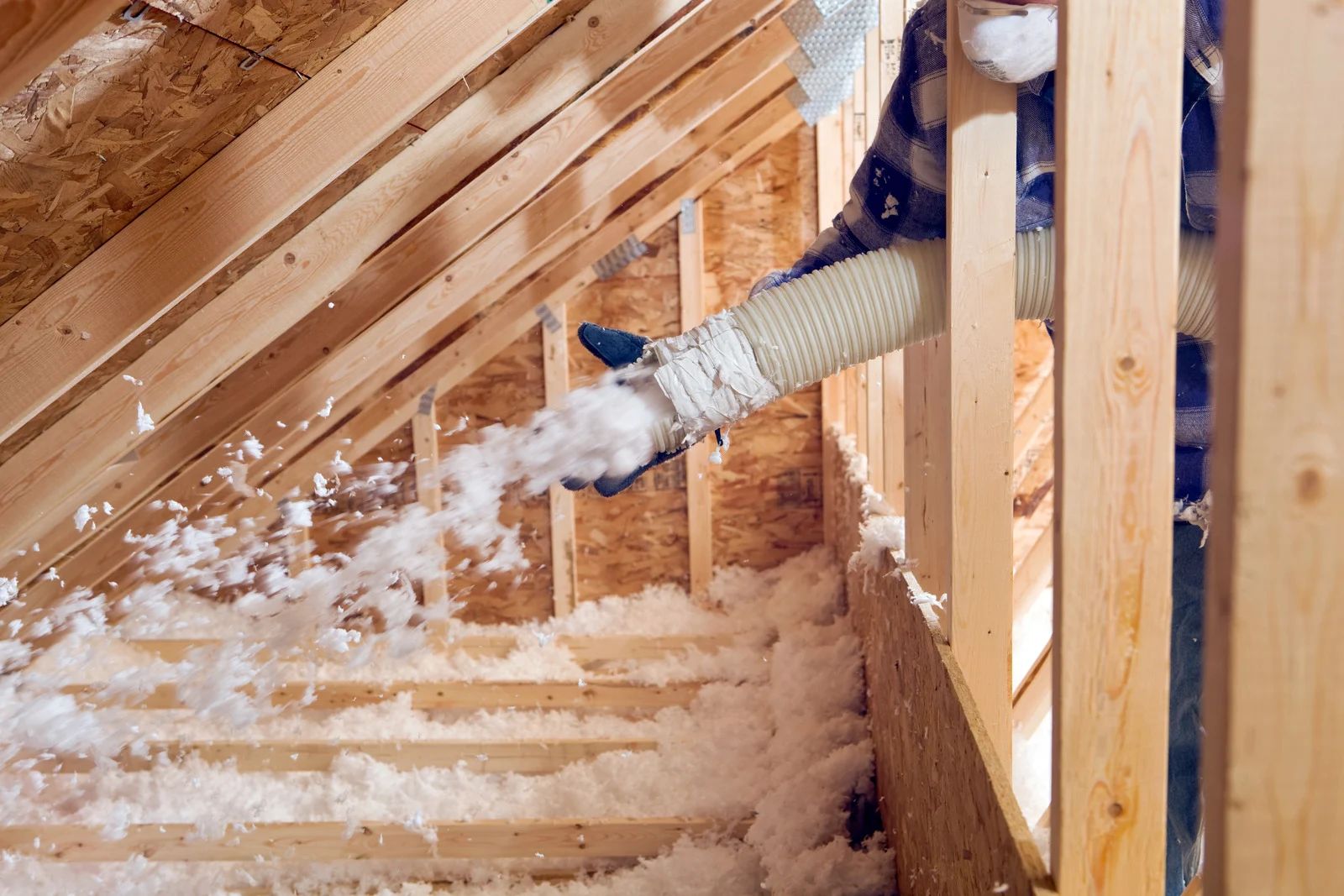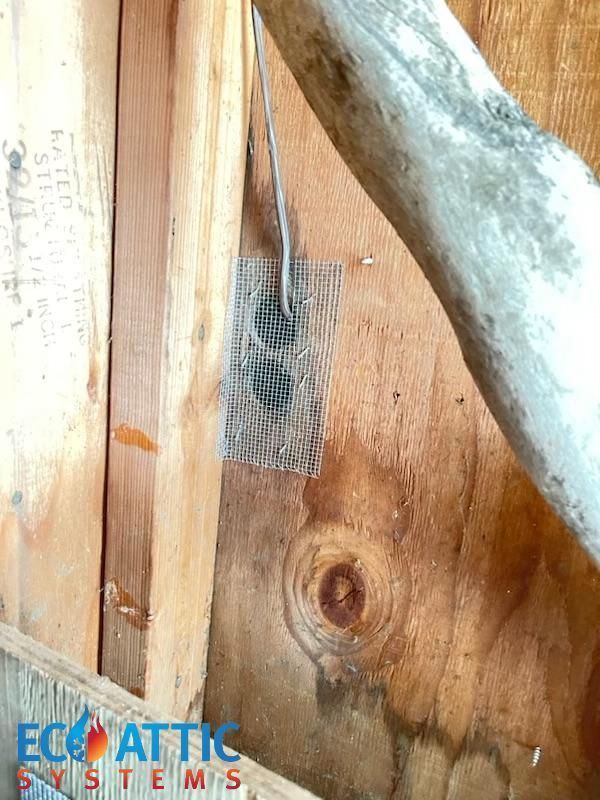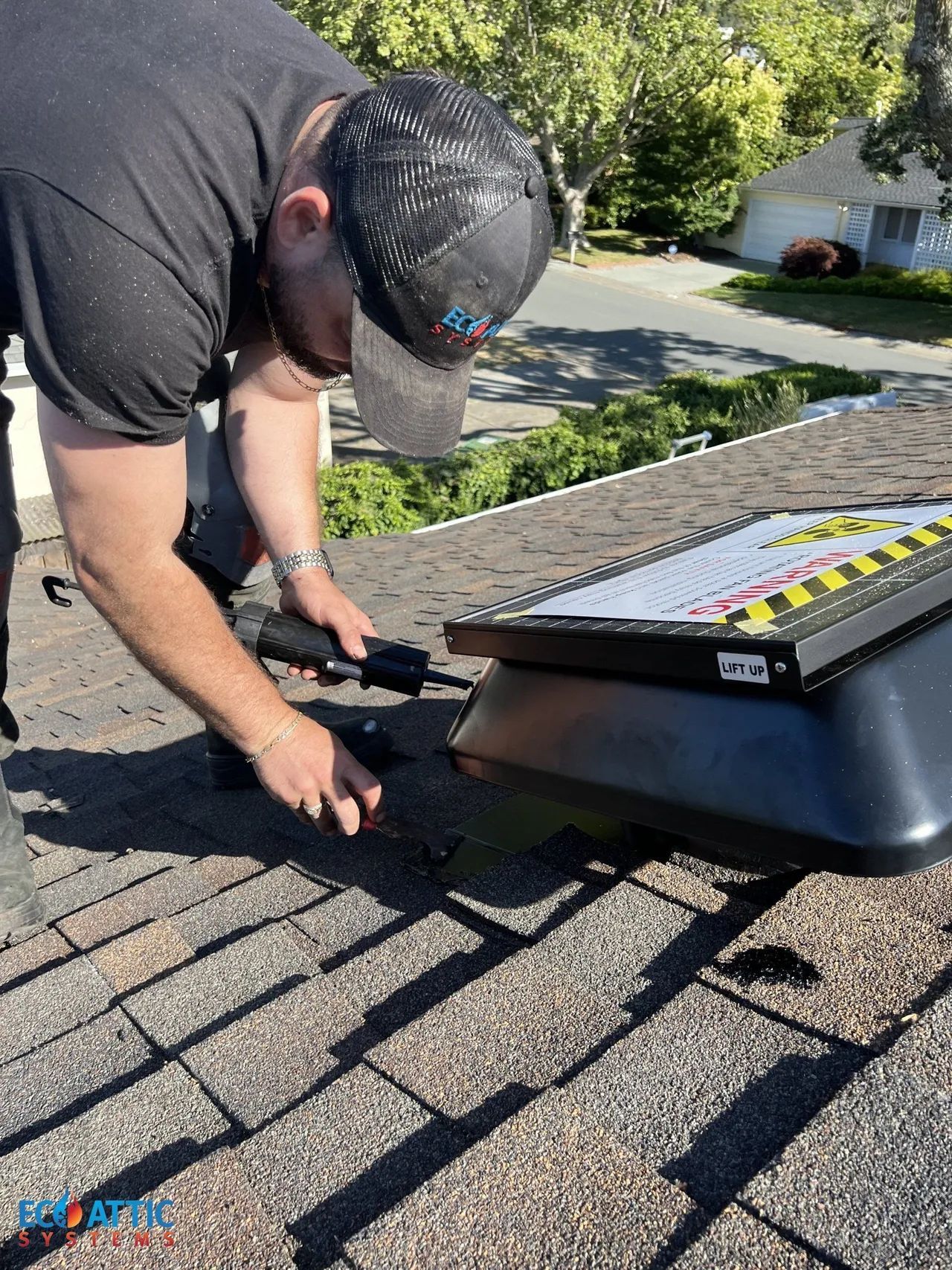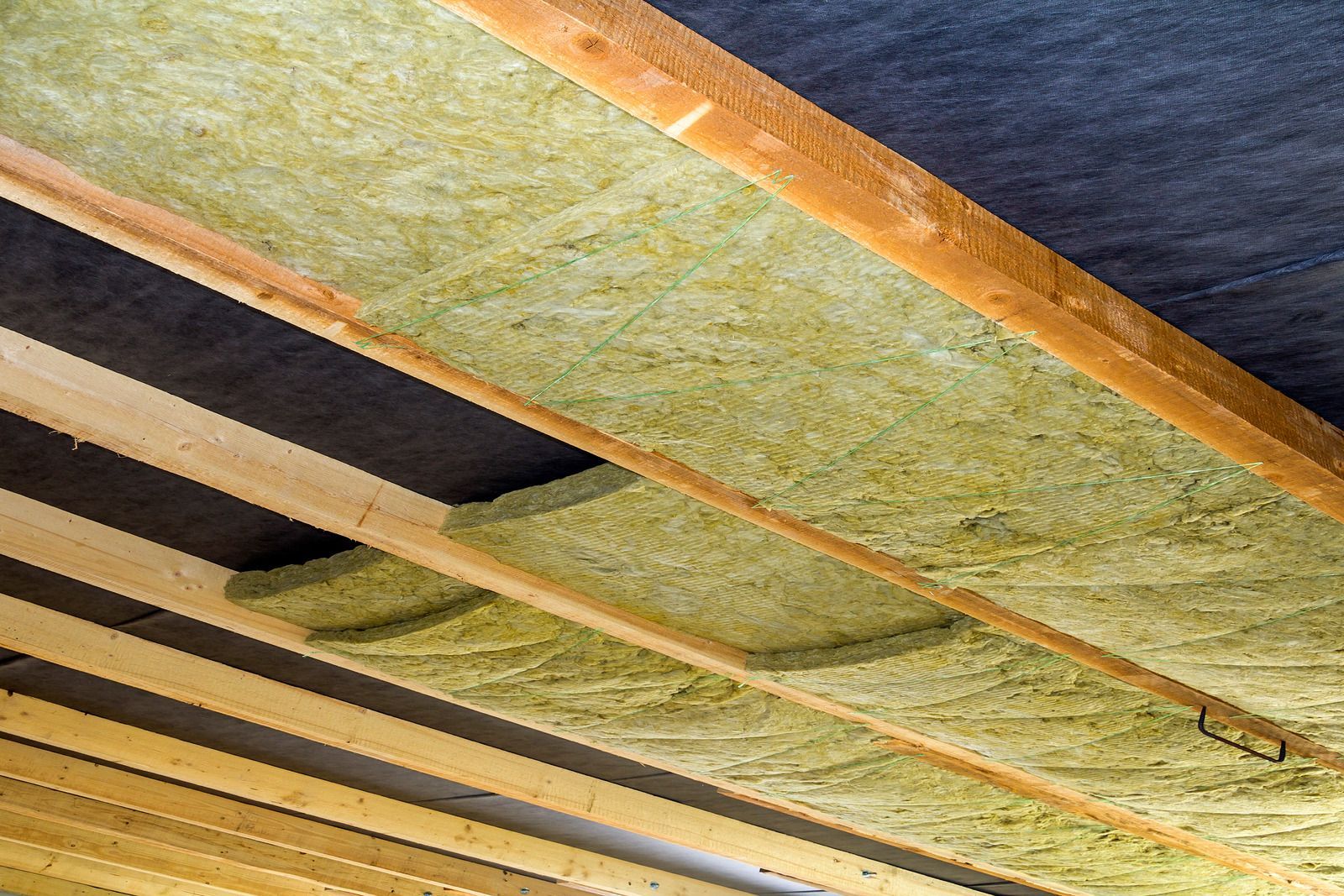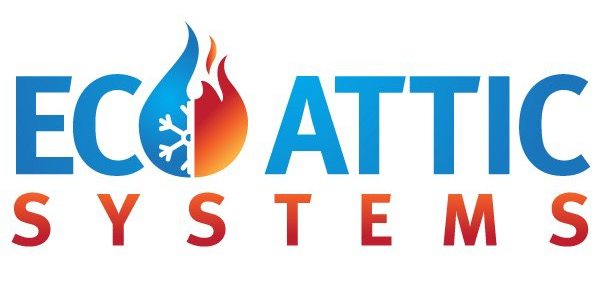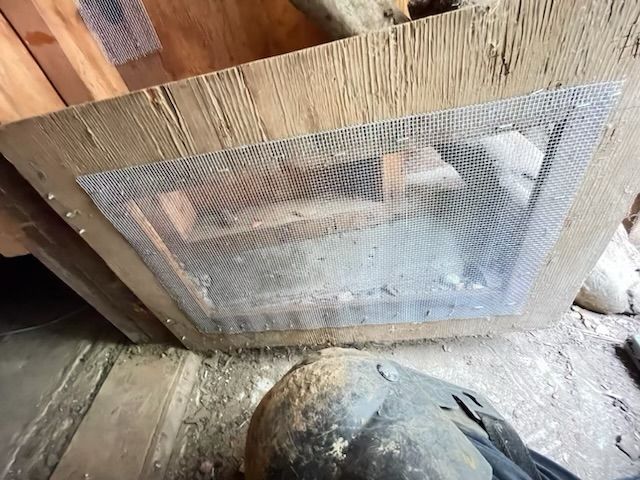Effortless Insulation: 8 Fiberglass Solutions Every Homeowner Should Know
Is your home as warm and energy-efficient as it could be? Often, the answer lies in the effectiveness of your insulation, and fiberglass is a leading solution in this domain. Here, we explore eight fiberglass insulation solutions that every homeowner should know. These solutions offer ways to enhance comfort and energy efficiency effortlessly.
1. Blanket Batts and Rolls
Fiberglass blanket batts and rolls are among the most common insulation materials. They are ideal for new construction projects and can easily fit between studs, joists, and beams. The ease of installation makes them a popular choice for DIY enthusiasts. These batts come in various thicknesses and R-values (a measure of thermal resistance), allowing homeowners to choose the best option for their needs.
2. Loose-Fill and Blown-In Insulation
For attics, loose-fill or blown-in fiberglass insulation is a great choice. It's perfect for filling in irregular spaces and around obstructions. This type of insulation typically requires professional installation, using a particular machine to blow the fiberglass into place. This method ensures complete coverage, even in hard-to-reach areas.
3. Rigid Fiberglass Boards
Rigid fiberglass boards are suitable for insulating air ducts, basements, and crawl spaces. These boards are easy to cut to size and install, making them a good option for areas where standard batts or rolls might not fit. Additionally, they provide excellent soundproofing qualities, making them ideal for use in internal walls.
4. Faced Fiberglass Insulation
Faced fiberglass insulation comes with a vapor barrier attached to one side. This barrier helps prevent moisture from passing through, which is crucial in preventing mold and mildew growth. It's beneficial in climates with high humidity and is commonly used in external walls and attics.
5. Unfaced Fiberglass Insulation
Unfaced insulation has no vapor barrier and offers more flexibility during installation. It's often used for re-insulation over existing insulation materials, as it can be laid directly over old insulation without creating moisture issues. This type is particularly beneficial in dry climates where vapor barriers are unnecessary.
6. High-Density Fiberglass Insulation
High-density fiberglass offers a higher R-value per inch compared to standard fiberglass products. It's especially beneficial in areas with limited space but requires high insulation levels, such as cathedral ceilings and exterior walls. While more expensive, the increased energy efficiency can offset the initial cost over time.
7. Soundproofing with Fiberglass
Apart from thermal insulation, fiberglass is effective in soundproofing. Installing fiberglass insulation in internal walls, floors, and ceilings can reduce noise transmission between rooms. This feature is a bonus for those working from home or living in busy neighborhoods.
8. Fire-Resistant Properties
Fiberglass is naturally fire-resistant, making it a safe choice for insulation. It does not burn quickly and can help slow the spread of fire, offering an added layer of protection for your home. This quality, combined with its insulation properties, makes fiberglass a comprehensive solution for safety and comfort.
Final Words
Fiberglass insulation
offers a versatile, efficient, and cost-effective way to enhance your home's comfort and energy efficiency. From blanket batts and rolls to high-density options, there's a fiberglass solution for almost every insulation need. Remember, proper installation is critical to maximizing the benefits of fiberglass insulation. Whether you're a DIY enthusiast or prefer professional installation, understanding these eight solutions can help you make informed decisions about insulating your home, ensuring it stays warm, safe, and energy-efficient.
